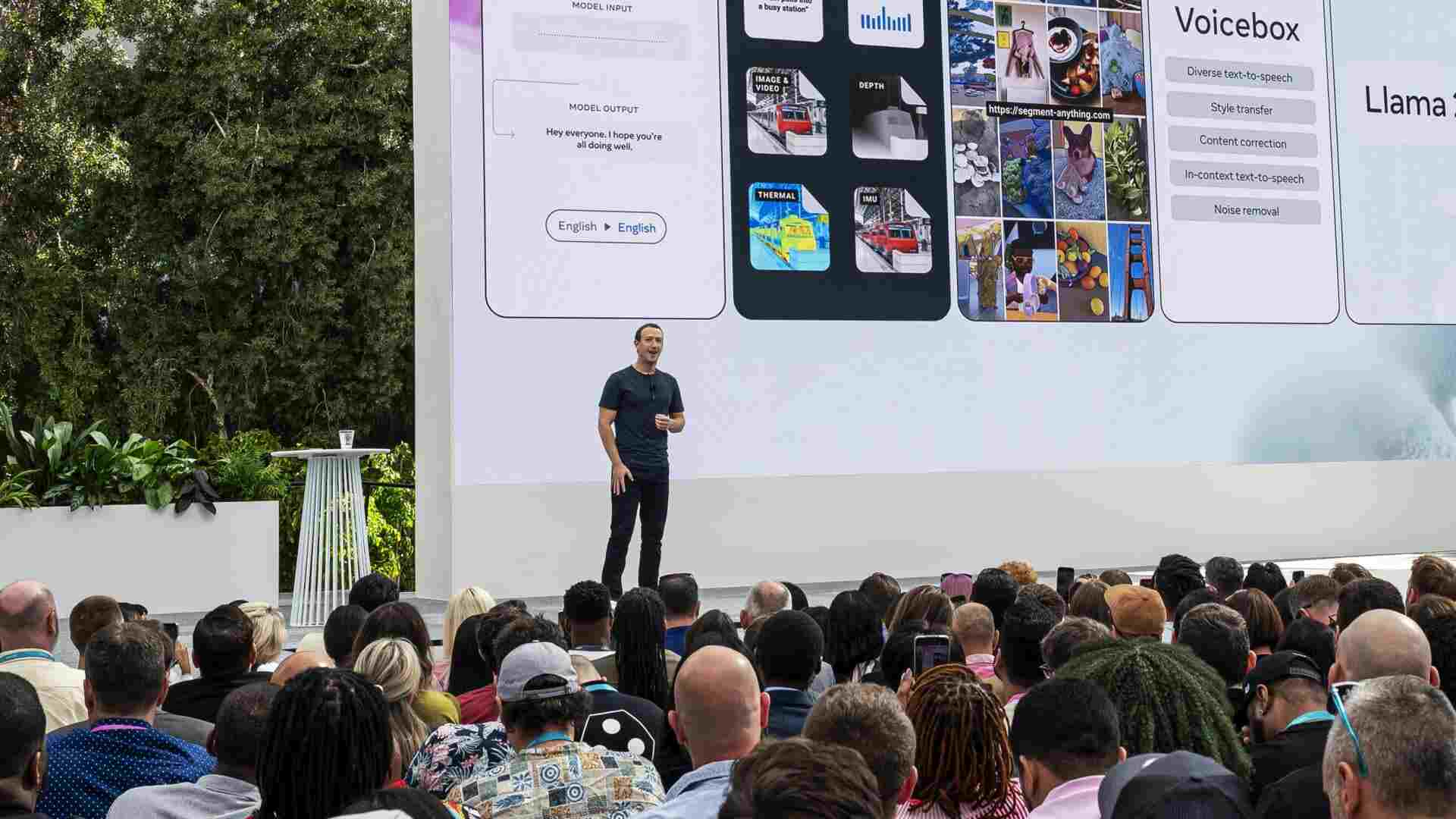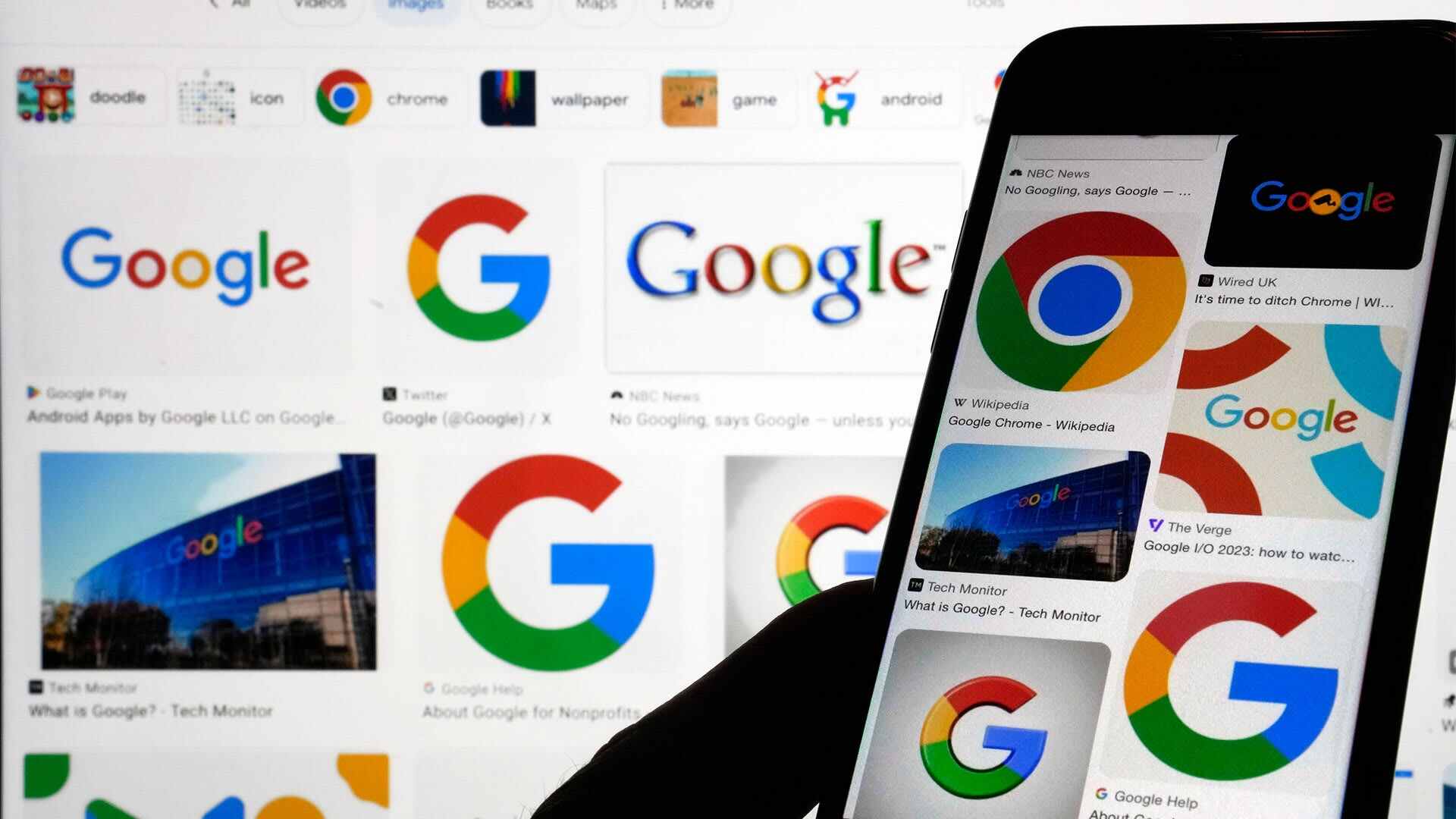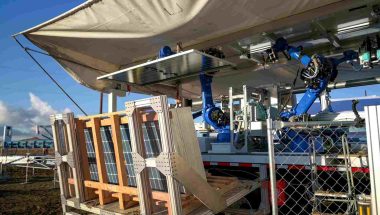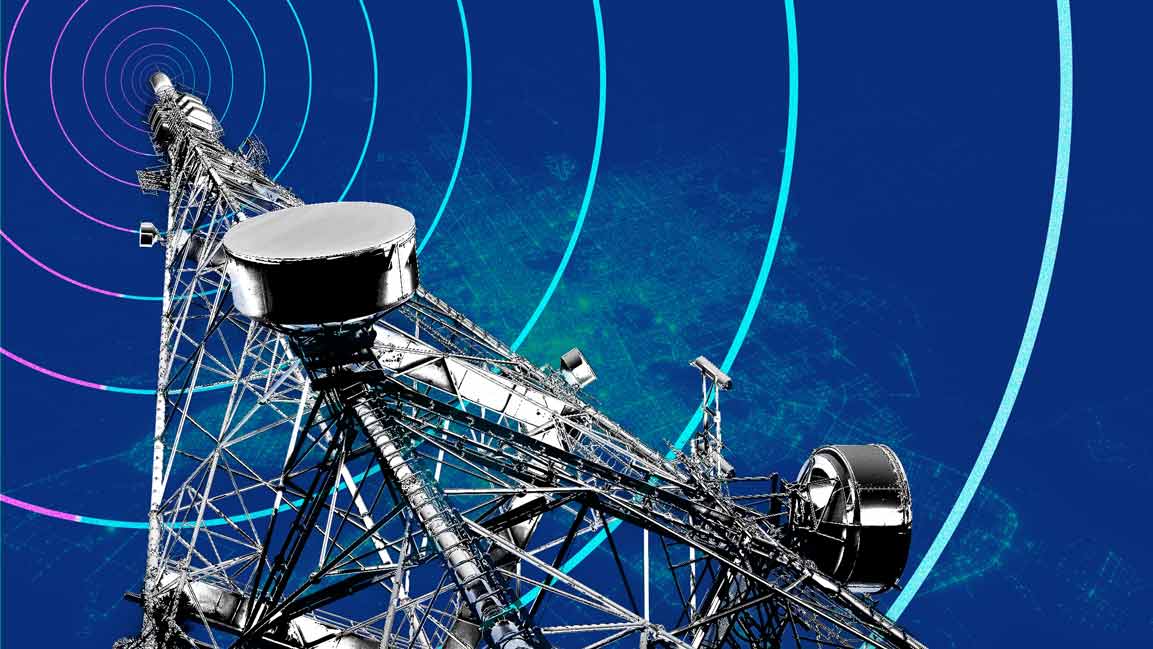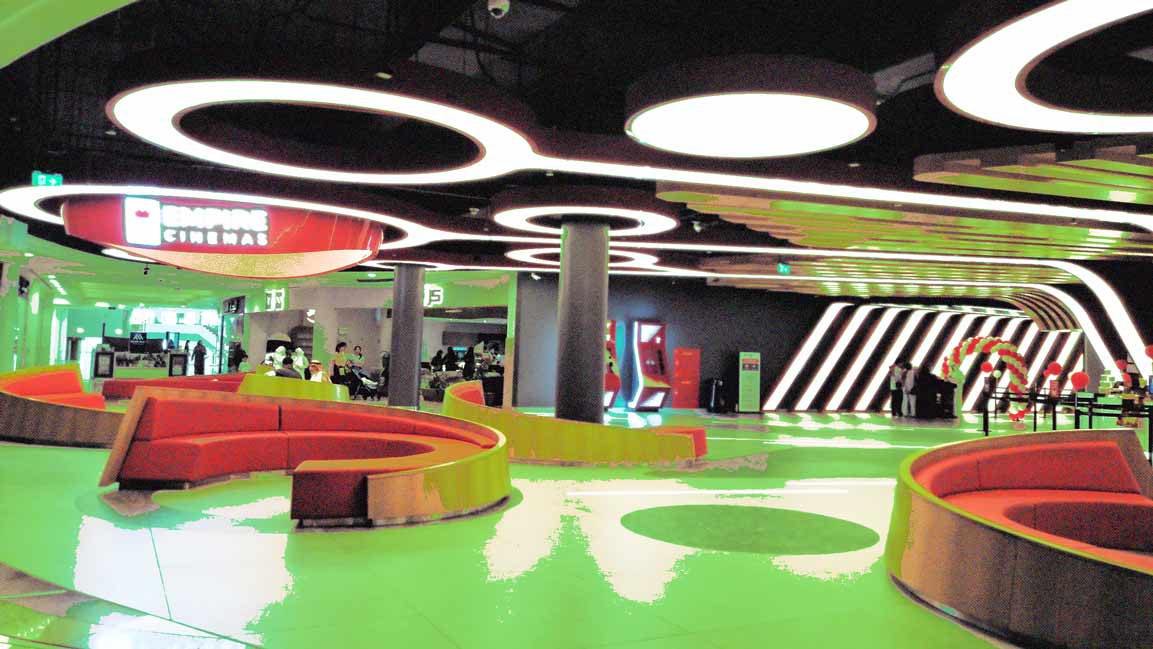- | 4:00 pm
At CES, screens—big and small—again reigned supreme
As smart homes and voice assistants stall, a long-time CES mainstay—display innovation—was back in force.
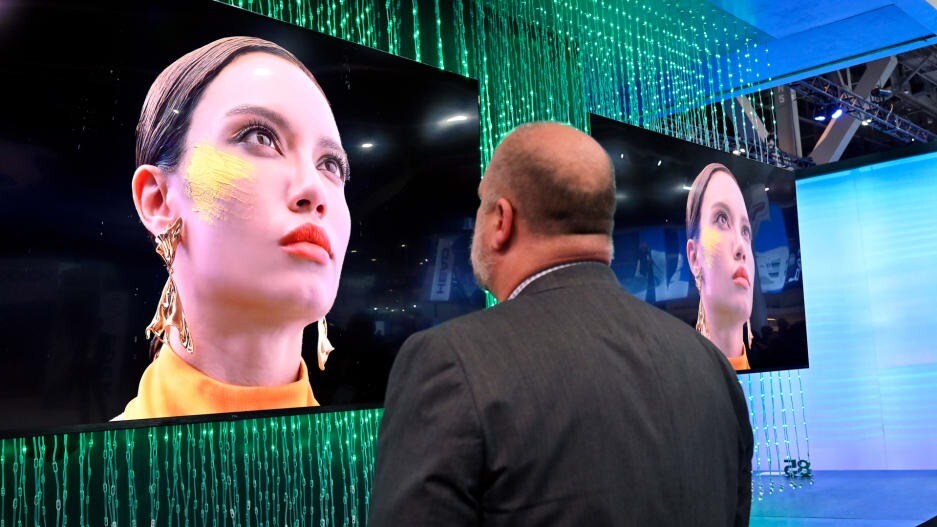
At this year’s CES trade show in Las Vegas, the biggest trend had nothing to do with Google, Amazon, or Apple.
Instead, screens were the stars of the show. There were new TVs, of course, but also beautiful monitors, innovative laptops, and even some futuristic foldable display ideas.
It’s a return to form for CES, which was a TV showcase at heart years before Amazon and Google turned it into a turf war for their voice assistants and smart home platforms. But as those initiatives flounder, display innovation has once again taken the throne.
OLED (AND MINI LED) EVERYWHERE
OLED has long been a standout display tech due to its deep blacks, vivid colors, and fast response times. It had a major presence at CES, with companies bringing the display tech to more devices.
- LG’s 27-inch, 1440p OLED monitor is cheaper and less power hungry than existing 4K panels (though it’s still on the pricey side, at $999).
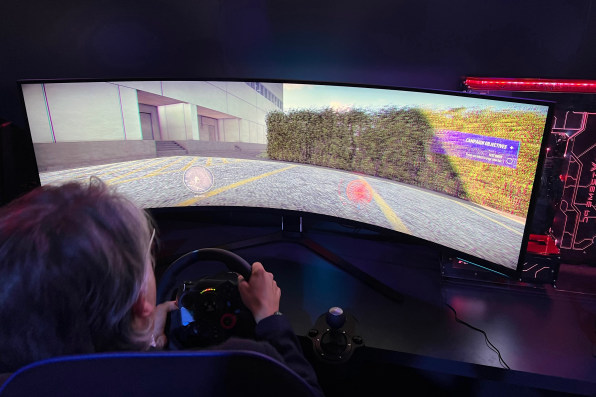
- Samsung is bringing OLED tech to a pair of ultrawide curved gaming monitors, including one with a 49-inch screen.
- OLED is becoming more common in laptops as well, including new models from Acer, LG, and Lenovo.
- On the TV front, budget TV kingpin TCL plans to release its first QD-OLED sets this year, potentially giving buyers a cheaper alterative to QD-OLED models from Samsung and Sony. (The “QD” stands for quantum dot, which provides a brighter picture than conventional OLED.)
In places where OLED still isn’t feasible, we’re seeing more use of mini-LED tech, which also offers excellent contrast and brightness without costing quite as much. Samsung’s Odyssey Neo G9—with a 57-inch curved mini-LED panel—looks like a killer monitor for gaming, while Razer’s latest Blade 16 laptop has a neat trick: Its Mini-LED display can switch between native 1080p at 240 Hz for gaming and 4K at 120 Hz for creative work.
FUNKY LAPTOPS
Laptop makers are also getting more experimental with their screens as they try to breathe new life into the PC market.
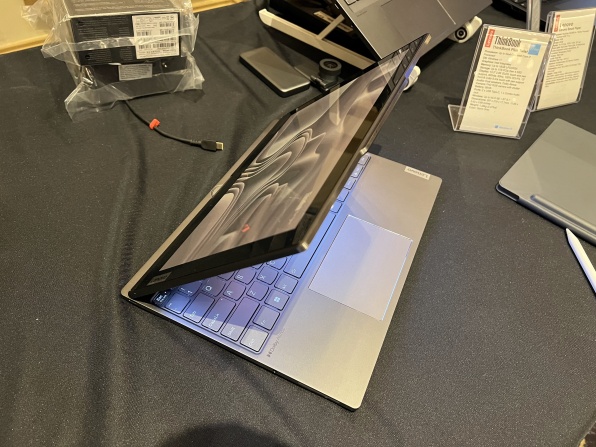
- Lenovo’s ThinkBook Plus Twist has a rotating a rotating screen with OLED on one side and E-Ink on the other. With the latter, users can set up custom lid artwork or glanceable widgets when the laptop is closed, or get better battery life and outdoor viewability for reading and writing.
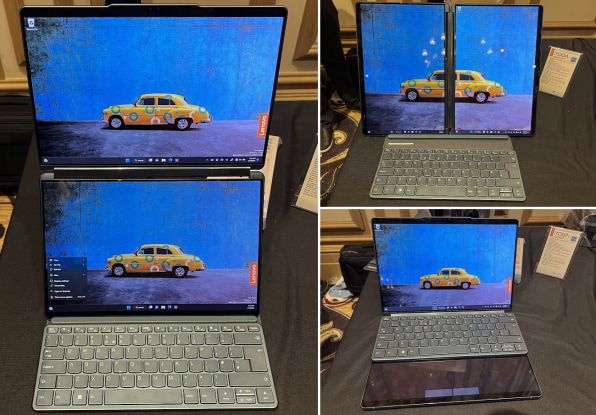
- Also from Lenovo, the Yoga Book 9i comes with two OLED screens, a kickstand, and an attachable keyboard. Users can either treat it like a regular laptop or prop up both screens for maximum productivity.
- Laptop makers are pushing into larger screens for gaming, with 18-inch models from Razer, Asus, Acer, and Alienware.
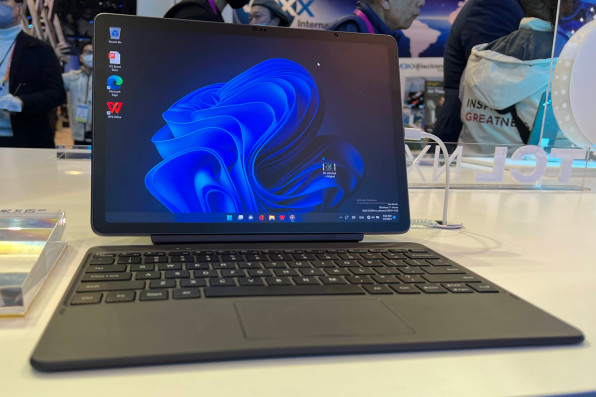
- TCL is using a novel display tech called Nxtpaper in a pair of new Android and Windows tablets. It mimics the look of paper, with the goal of being easier on the eyes and more enjoyable to use with a stylus.
- A firm called Dimenco continues to bring glasses-free 3D to laptops, including a pair of new models from Asus. In a CES demo, the depth effect was surprisingly pronounced, and is supposed to help creators work with 3D content.
INTO THE FUTURE
Of course, it wouldn’t be CES without a few swings for the fences.
- Samsung Display was showing off a range of foldable screens, including a dual-creased phone that expands into a large tablet and a panel that both unfolds and unrolls to reveal an even larger screen.
- Both LG Display and Samsung Display also had screens that can bend in either direction, potentially obviating the need for outer screens on future foldable phones.
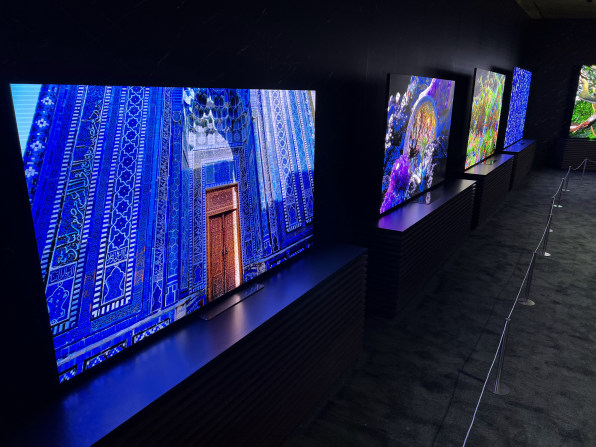
- Samsung is getting closer to a mass market push for Micro LED TVs, which offer bezel-free designs and higher brightness than OLED without sacrificing contrast. Previous models have cost tens of thousands of dollars and required professional installation, but the company aims to sell them directly to consumers this year.
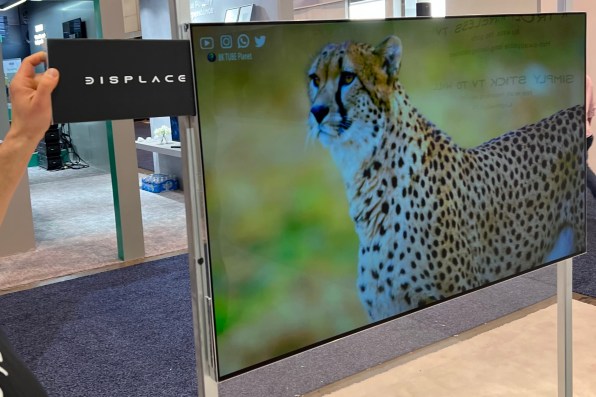
- A startup called Displace was demoing a far-out concept for a wireless, battery-operated TV that suctions onto the wall and streams video from a separate base station. Users will supposedly be able to set up multiple televisions and fling video between them using hand gestures. (LG also showed off a TV with a wireless base station for HDMI inputs, though the screen itself still has a power cord.)
LONG LIVE THE SCREENS
Products that attract attention at CES don’t always turn into commercial successes, which means some of these ideas probably won’t stick, and some of them might not even make it to market.
Still, the abundance of display innovation at CES felt like a corrective to the trade show’s previous few iterations, in which smart speakers, voice assistants, and ambient computing collectively attempted to de-emphasize the screen’s role in modern technology.
This year’s CES vendors arrived with an alternative proposition: Better screens in more places. And they did their best to deliver.












